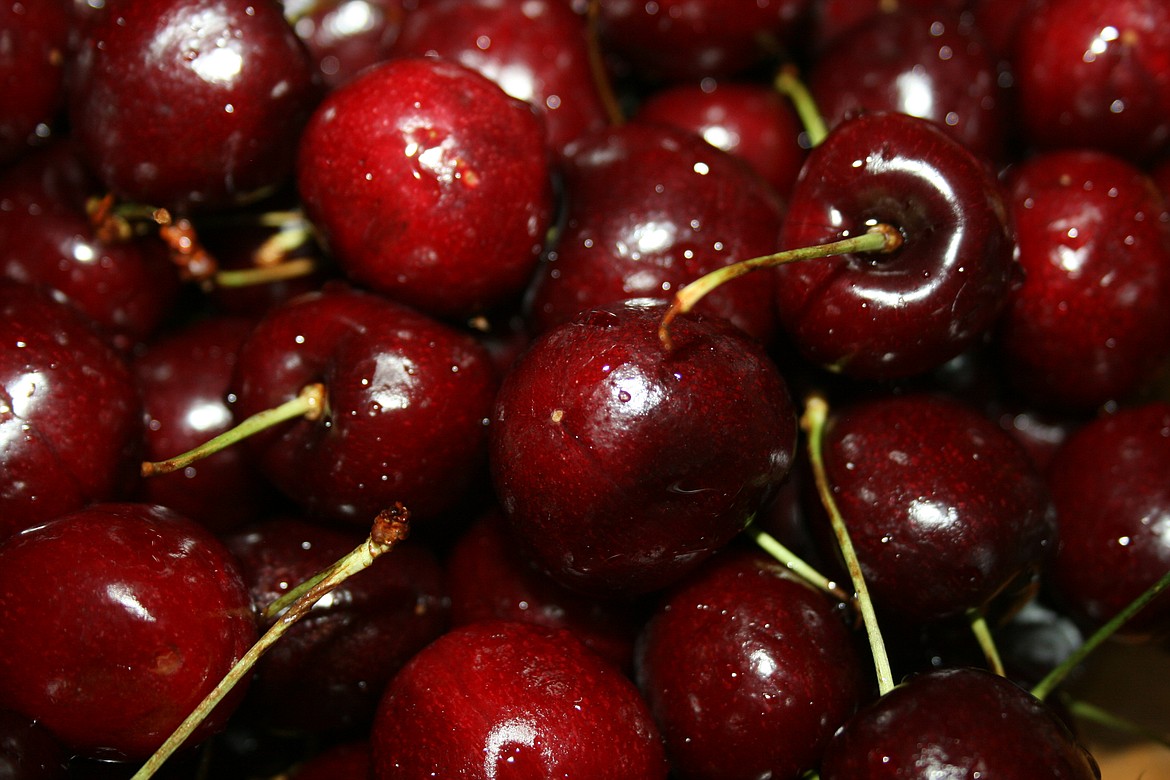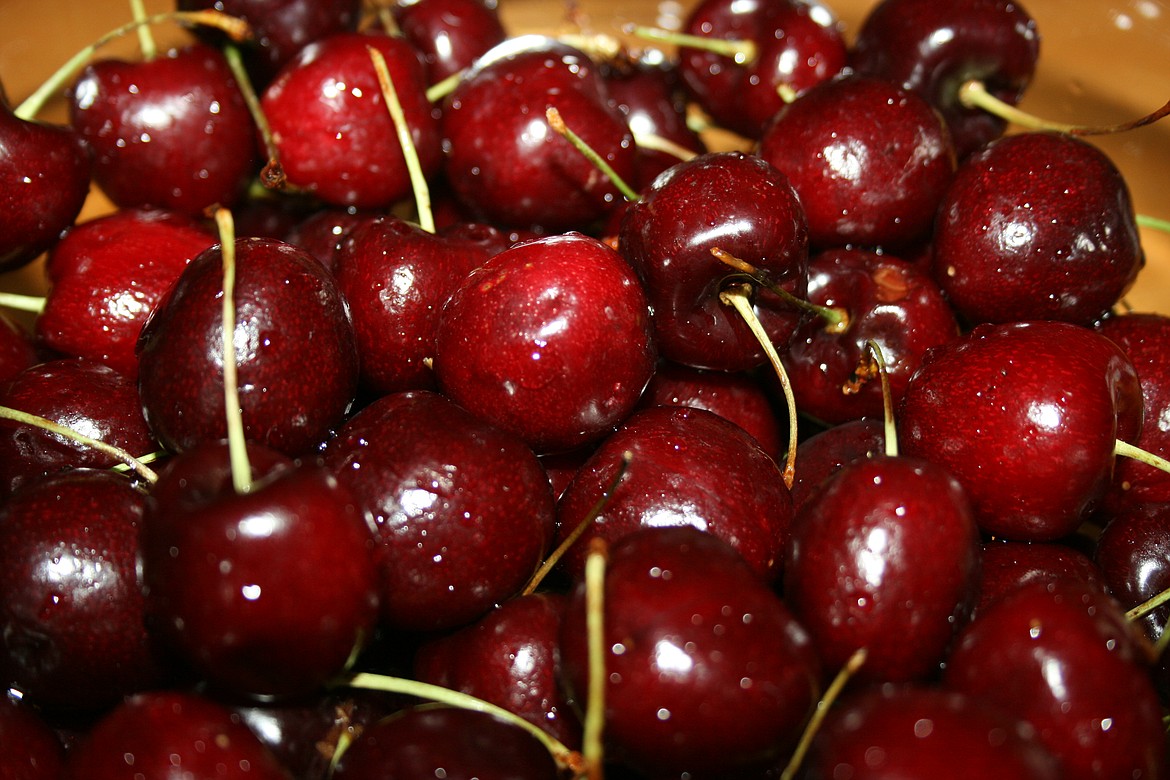‘What cherry harvest?’
ROYAL CITY — There are short and long crops in the tree fruit business, good and bad years, and then there are those years, those harvests, the ones few growers - if any - remember fondly. The 2022 Pacific Northwest cherry harvest may be one of those.
Become a Subscriber!
You have read all of your free articles this month. Select a plan below to start your subscription today.
Already a subscriber? Login






